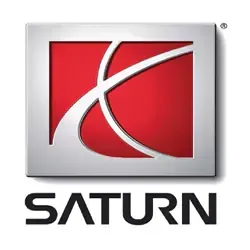Saturn SL Tire Pressure
Most common recommended tire pressure for Saturn SL can range from 26 psi to 30 psi depending on year of production, trim and OEM tire size, but it maybe different for older models. It is imperative to confirm the exact tire inflation for your Saturn SL to ensure safety on the road. Always refer to your vehicle owner's manual for the correct tire pressure designated by vehicle's manufacturer.
Select your Saturn SL production year to see its recommended tire inflation.
| Model Year | Front Tires | Rear Tires |
|---|---|---|
| 2002 Saturn SL | 30 psi | 26 psi |
| 2001 Saturn SL | 30 psi | 26 psi |
| 2000 Saturn SL | 30 psi | 26 psi |
| 1999 Saturn SL | 30 psi | 26 psi |
Recommended Tire Pressure for Saturn SL
Maintaining the recommended tire pressure for a Saturn SL vehicle is vital for several reasons that directly impact safety, performance, and cost efficiency. Firstly, the correct tire pressure ensures optimal tire contact with the road, which significantly improves handling and stability, reducing the risk of accidents caused by poor traction, especially under adverse weather conditions. Secondly, tires inflated to their proper specifications wear more evenly and slowly, extending tire life and delaying the need for costly replacements. This is particularly crucial since uneven or accelerated wear can lead to premature tire failure, putting the vehicle's occupants at risk. Furthermore, the right tire pressure plays a crucial role in fuel efficiency; under-inflated tires increase rolling resistance, forcing the engine to work harder and consume more fuel, leading to higher operational costs and unnecessary environmental impact. Lastly, maintaining the recommended tire pressure in your Saturn SL can help in reducing the carbon footprint by lowering CO2 emissions, contributing to environmental conservation efforts. Altogether, adhering to the manufacturer's tire pressure guidelines is an easy yet effective maintenance strategy that ensures the safety, efficiency, and longevity of your Saturn SL while supporting eco-friendly driving practices.

All listed guides, data and/or calculations are for informational purposes only. TirePressure.com does not warrant or make any representations regarding the accuracy of or the results of the use of this information. Always refer to vehicle owner's manual for the correct tire pressure configuration.